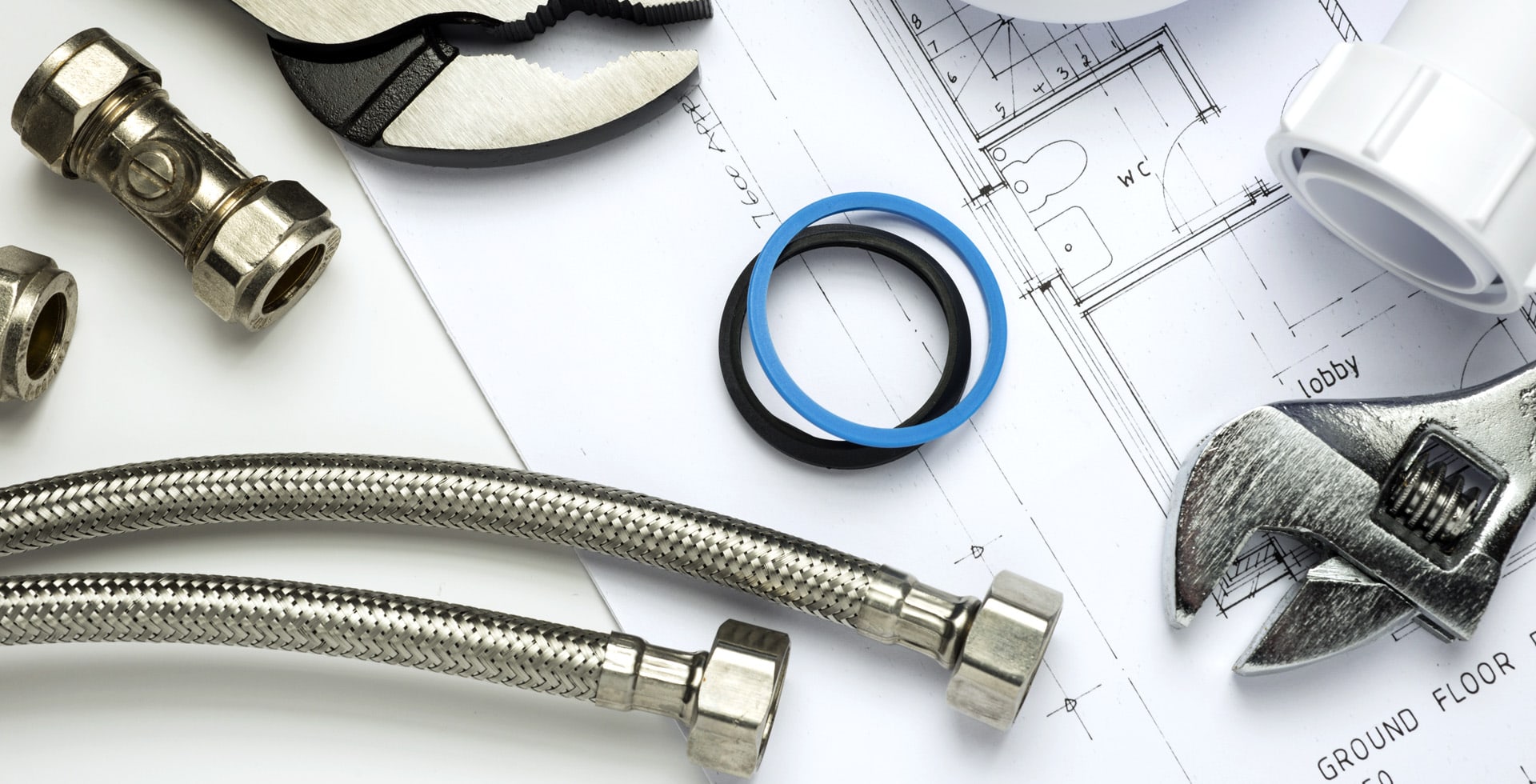“`html
What to Expect When Installing Engineered Wood Floors
Choosing to install engineered wood floors in your home is a significant decision that can enhance the aesthetic appeal, value, and comfort of your living spaces. This article outlines everything you need to know about the installation process, preparation, and maintenance of engineered wood floors.
Understanding Engineered Wood Floors
Engineered wood flooring consists of multiple layers of wood, with a top layer of hardwood veneer and several layers of plywood or fiberboard underneath. This construction gives engineered wood several advantages over solid hardwood, making it a popular choice for homeowners.
Benefits of Engineered Wood Flooring
- Durability: Engineered wood is less prone to warping and bending compared to solid wood.
- Versatility: Can be installed in various environments, including basements and over radiant heating.
- Eco-Friendliness: Uses less hardwood material than solid wood flooring.
- Easier Installation: Can often be installed as a floating floor, reducing labor costs.
What to Expect During the Installation Process
1. Pre-Installation Assessment
Before installation begins, it’s crucial to assess the space where the engineered wood floors will be placed. Key considerations include:
- Subfloor Condition: Ensure the subfloor is dry, clean, and level.
- Humidity Levels: Ideal humidity levels should be maintained to prevent damage to the flooring.
- Acclimation: Engineered wood must acclimate for at least 48 hours in the installation area.
2. Choosing the Right Underlayment
The choice of underlayment can impact the performance of your engineered wood floors. Common options include:
- Foam: Provides cushioning and insulation.
- Felt: Helps with sound absorption.
- Rubber: Offers superior moisture protection and sound absorption.
3. Installation Methods
Engineered wood floors can be installed using various methods:
- Floating Installation: The planks are joined together but not secured to the subfloor, allowing for expansion and contraction.
- Glue-Down Installation: Planks are glued directly to the subfloor, suitable for smaller rooms.
- Nail-Down Installation: Planks are nailed or stapled down, a method often used for thicker varieties.
4. Tools and Preparation
Before installation, gather the necessary tools, including:
- Measuring tape
- Utility knife
- Mallet
- Underlayment
- Flooring planks
- Safety goggles
5. Installation Day
On the day of installation, follow these steps:
- Remove existing flooring, if necessary.
- Prepare the subfloor and lay down the underlayment.
- Start laying the planks from one corner of the room.
- Use spacers to maintain an expansion gap around the perimeter.
- Continue laying planks, ensuring the pattern is staggered.
- Trim the final rows to fit, maintaining the expansion gap.
Post-Installation Care and Maintenance
Ensuring the longevity of your engineered wood floors involves proper care and maintenance. Here are some tips:
- Regular Cleaning: Sweep or vacuum regularly to prevent dirt buildup.
- Moisture Control: Wipe up spills immediately to avoid water damage.
- Use Protective Pads: Place felt pads under furniture to prevent scratches.
- Avoid Excessive Sunlight: Use rugs or window treatments to protect the wood from fading.
Conclusion
Installing engineered wood floors is an effective way to enhance the beauty and functionality of your home. By understanding the installation process, choosing the right materials, and following maintenance guidelines, you can enjoy your new floors for years to come. Whether you opt for a DIY approach or hire professional installers, preparation and knowledge will make a significant difference in achieving the perfect finish.
“`

